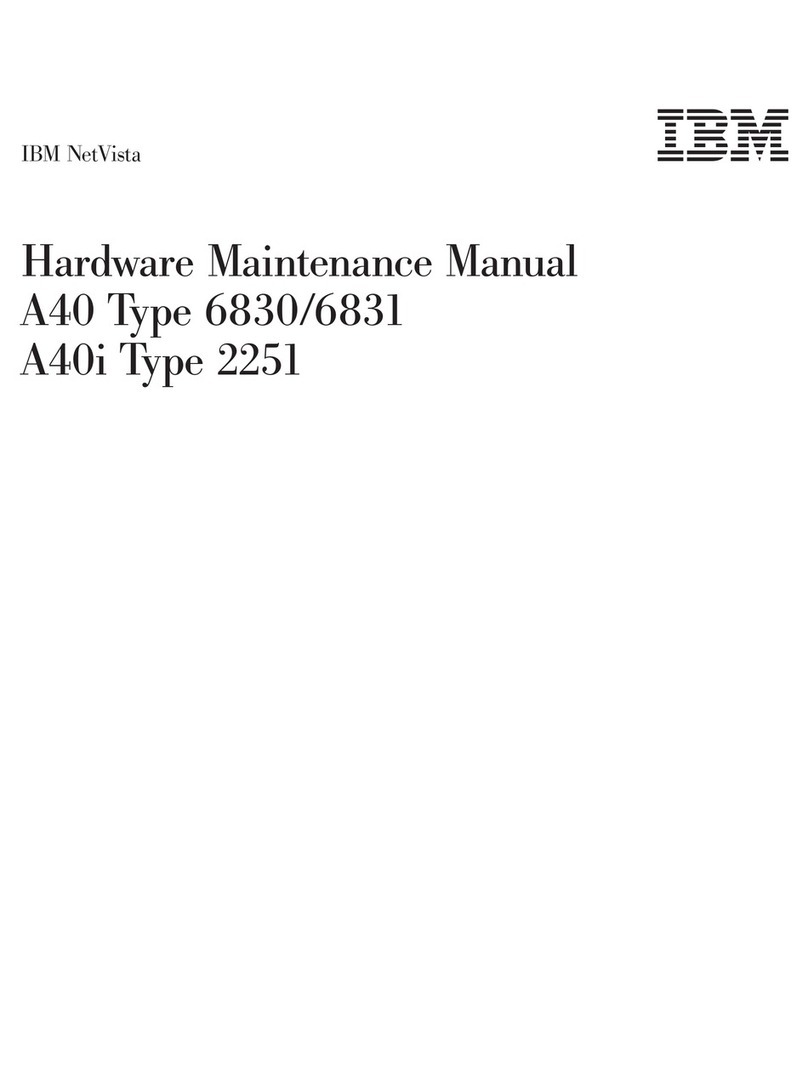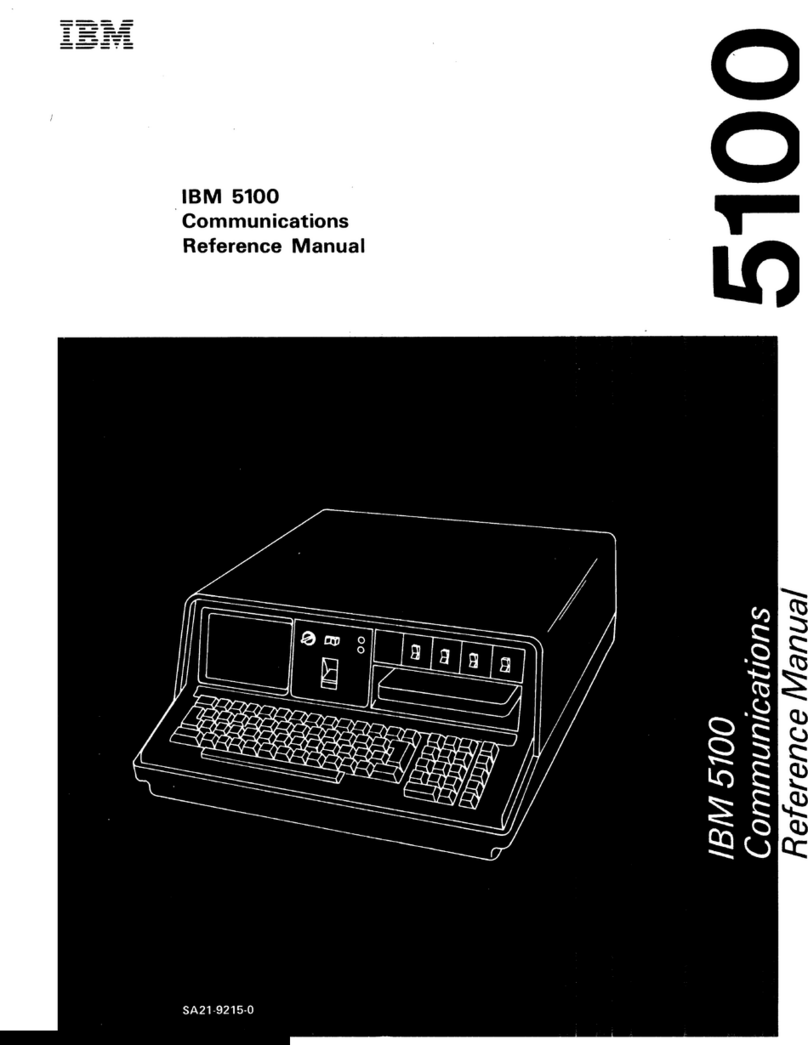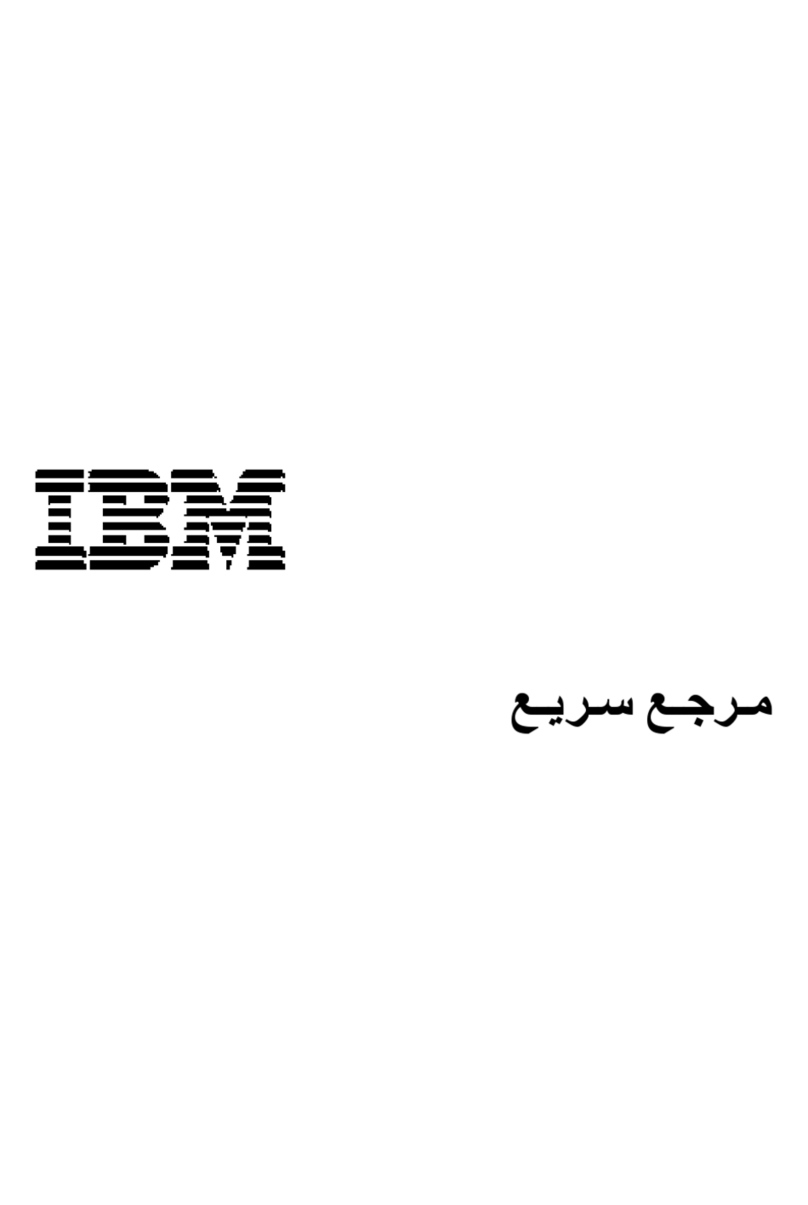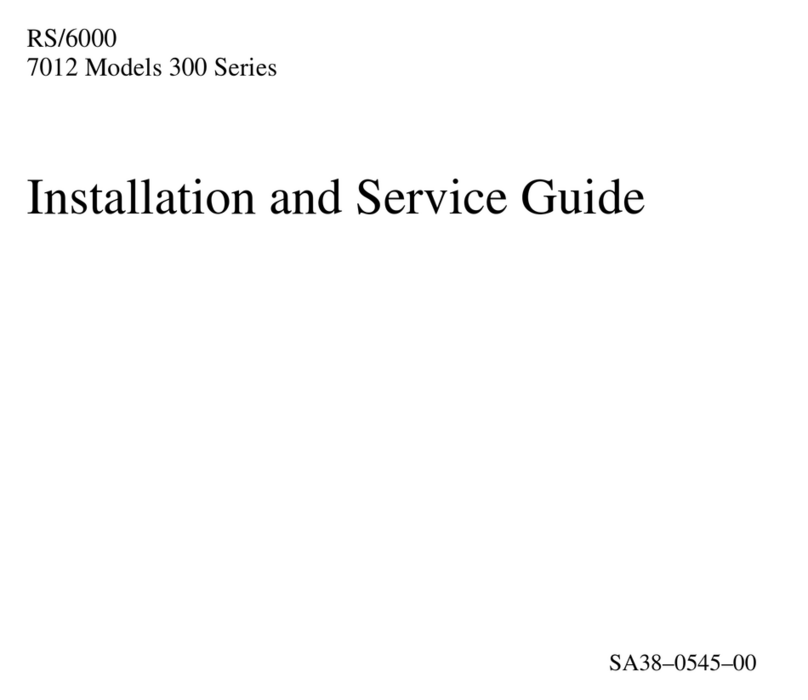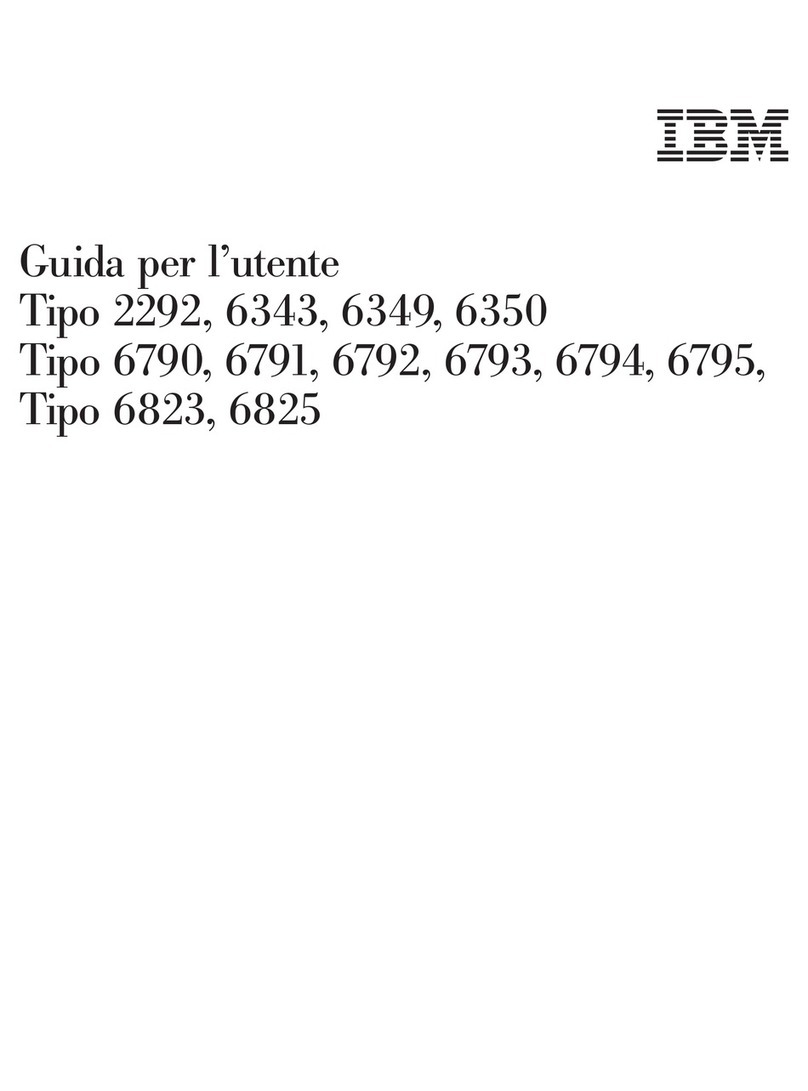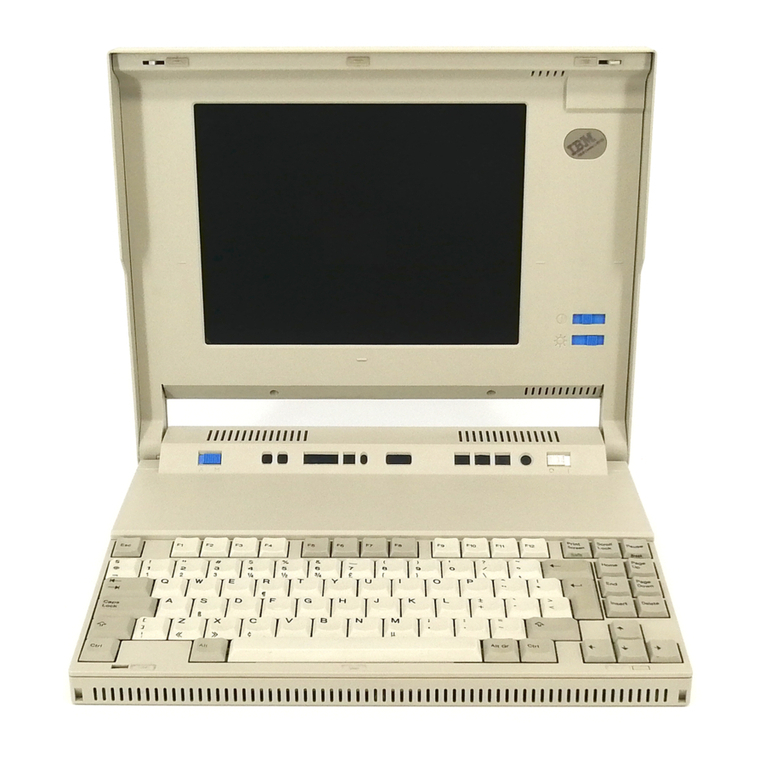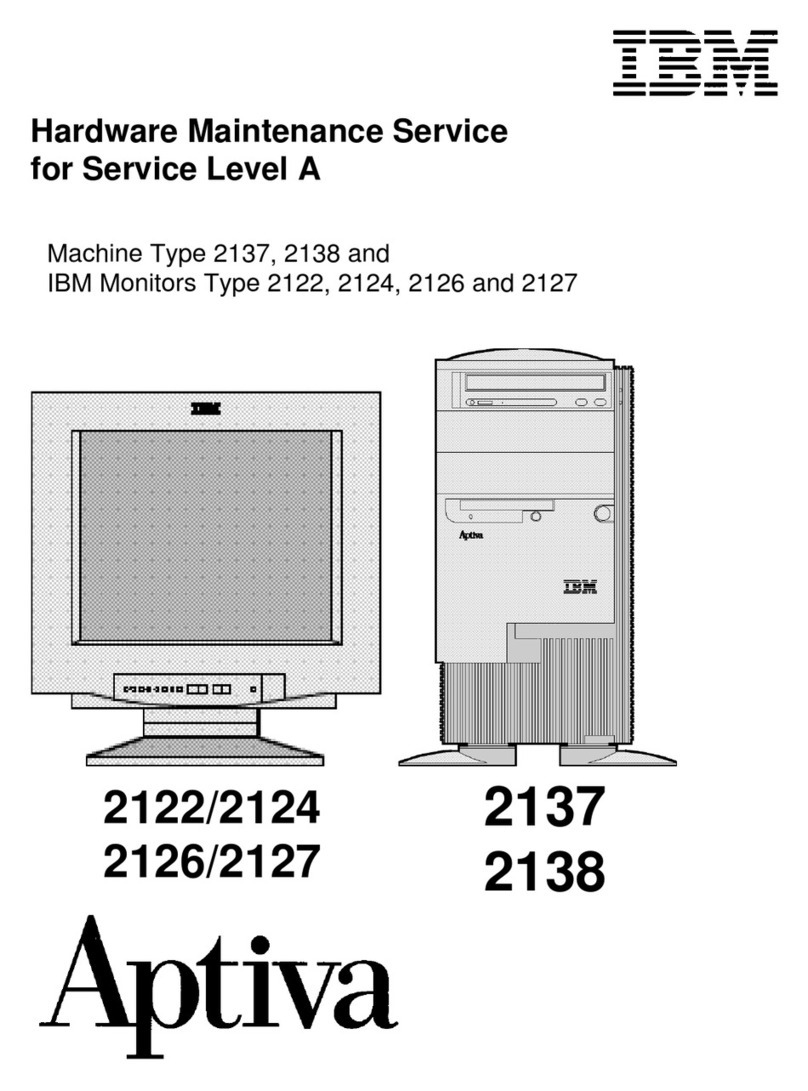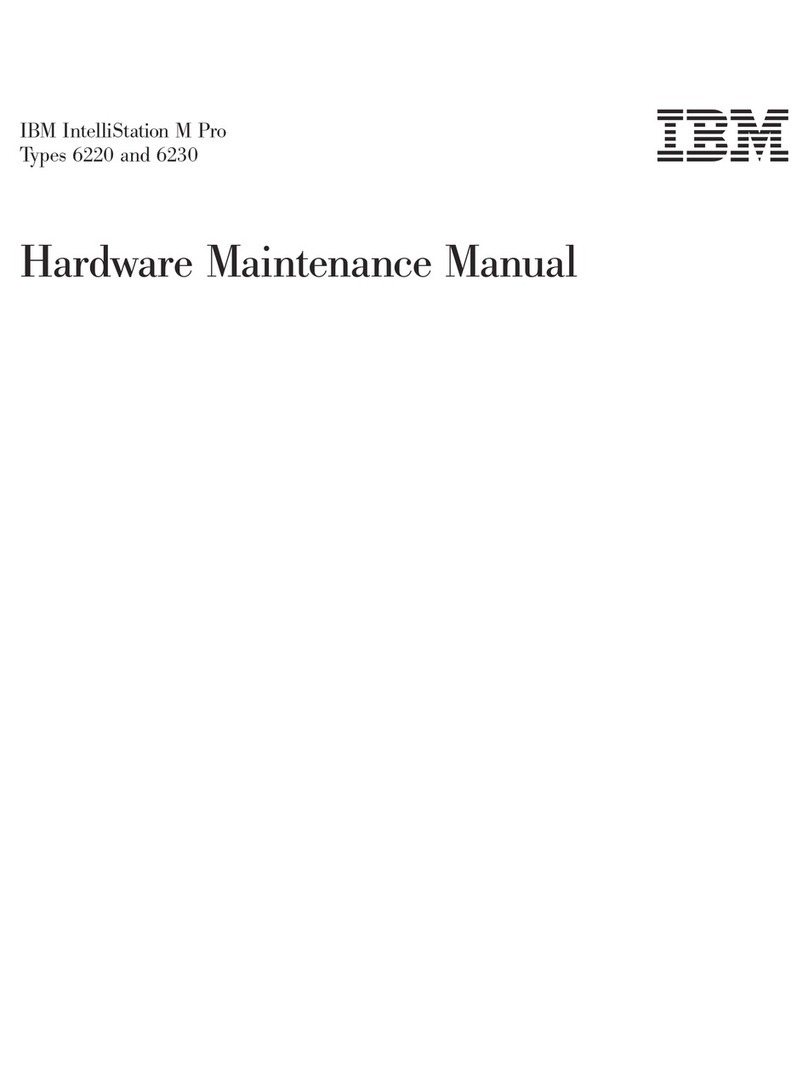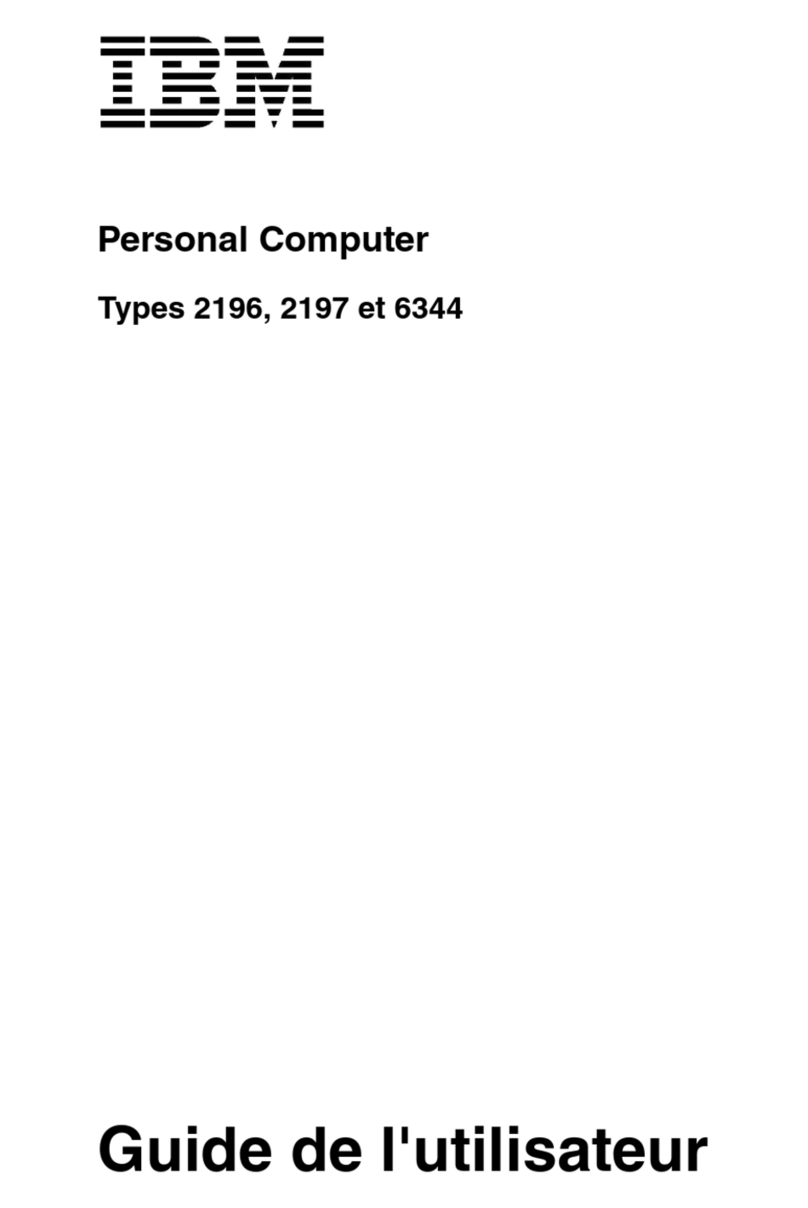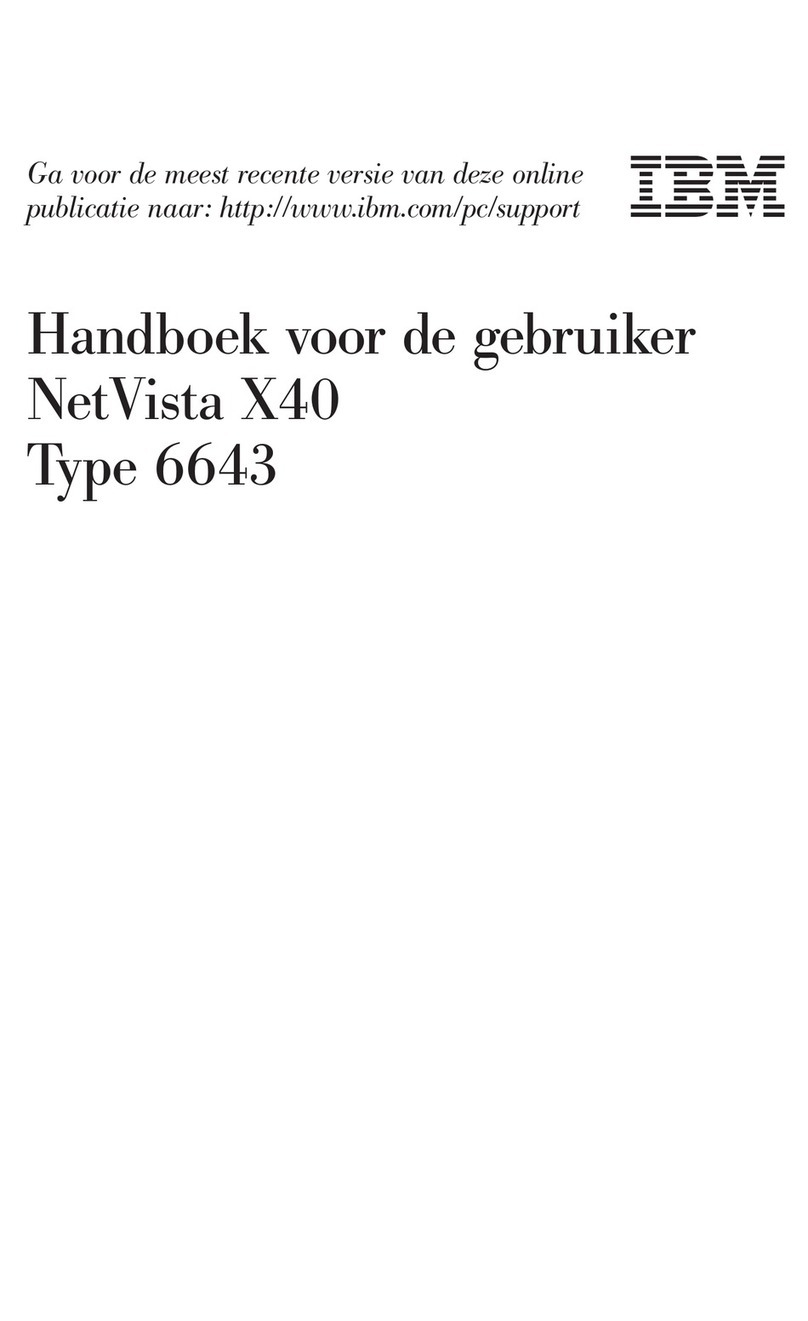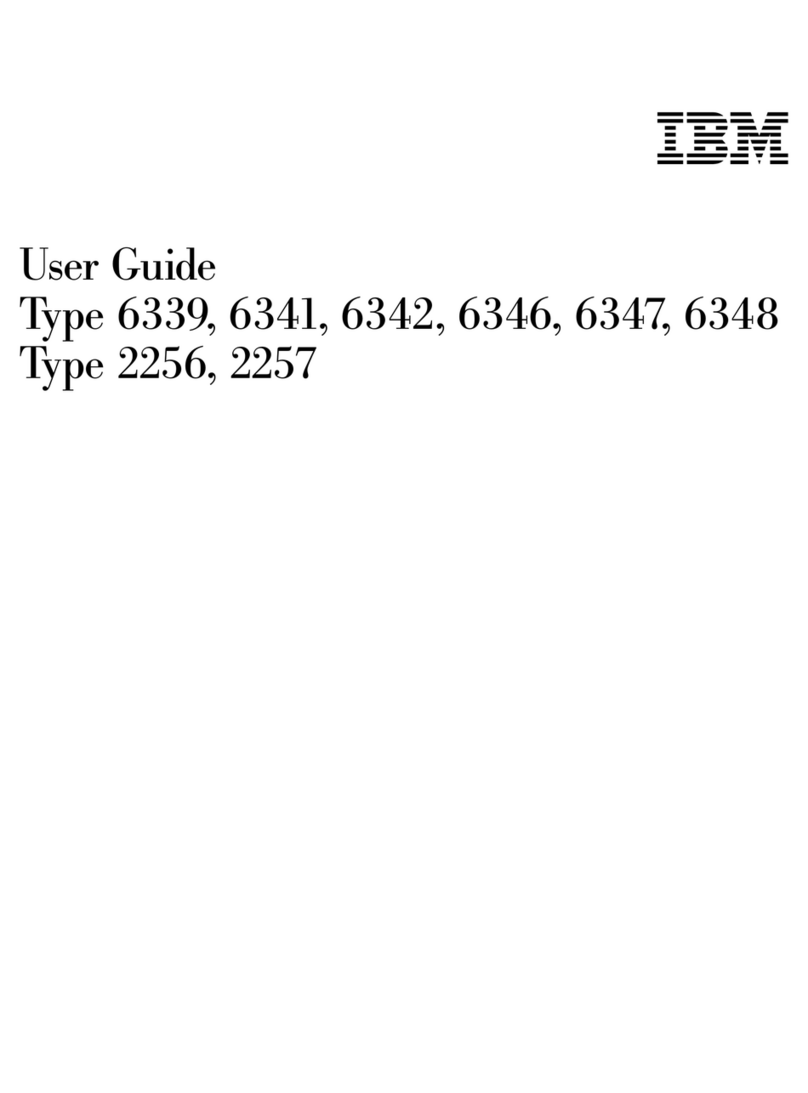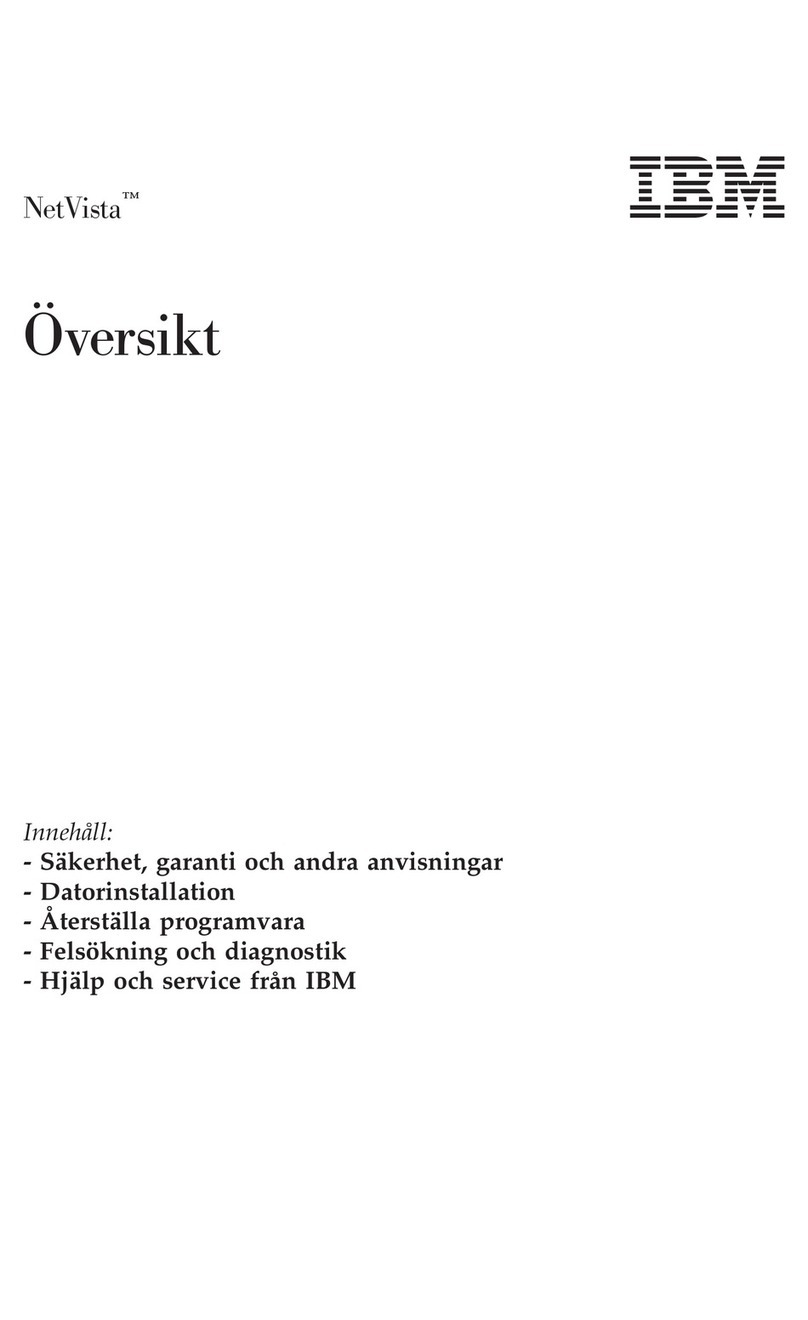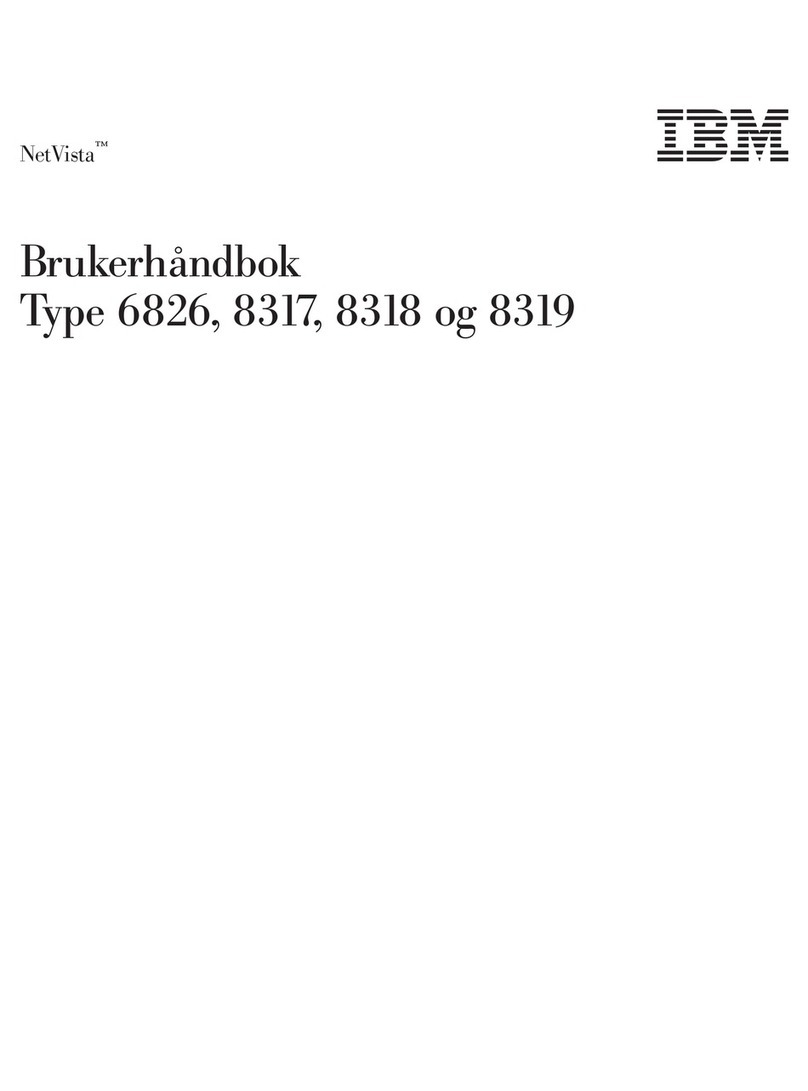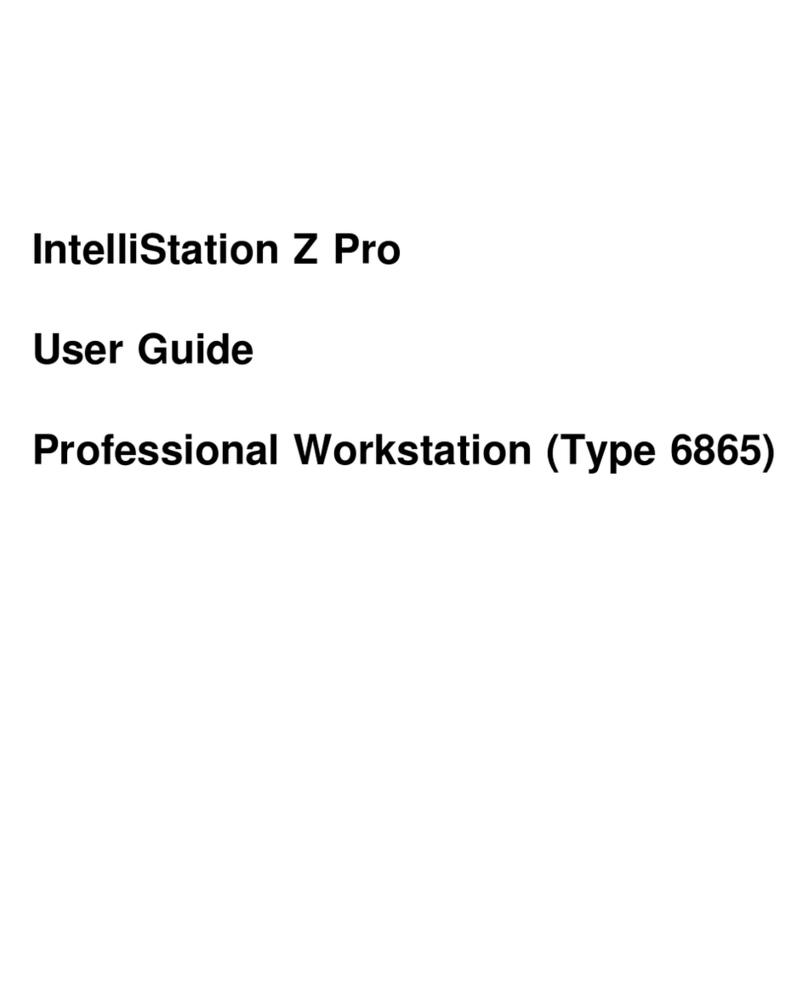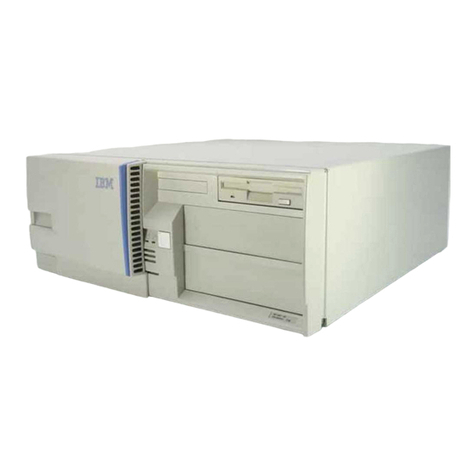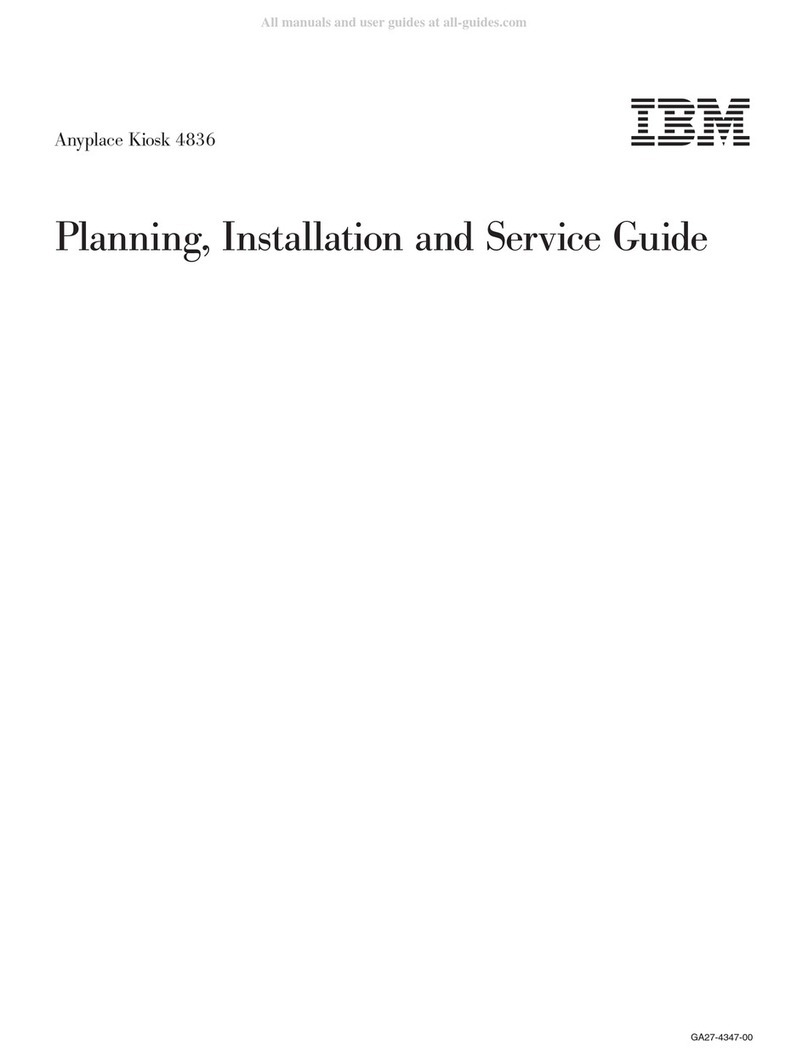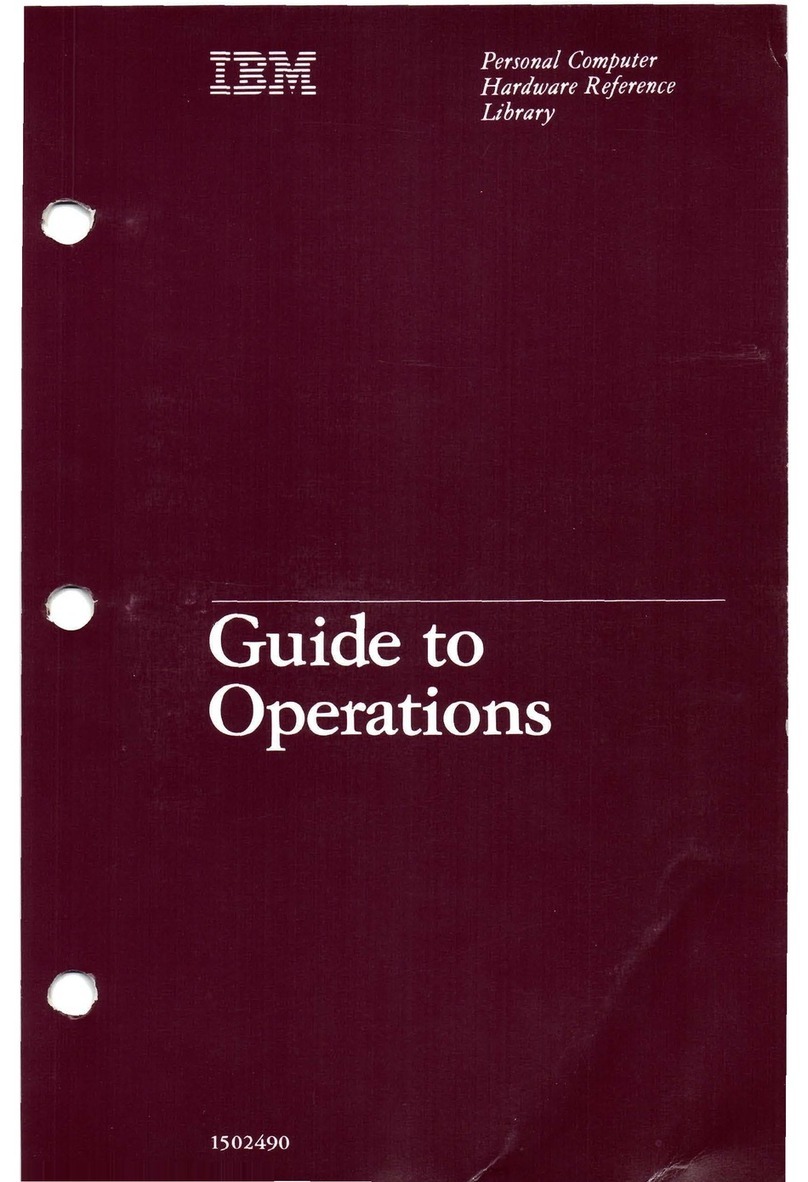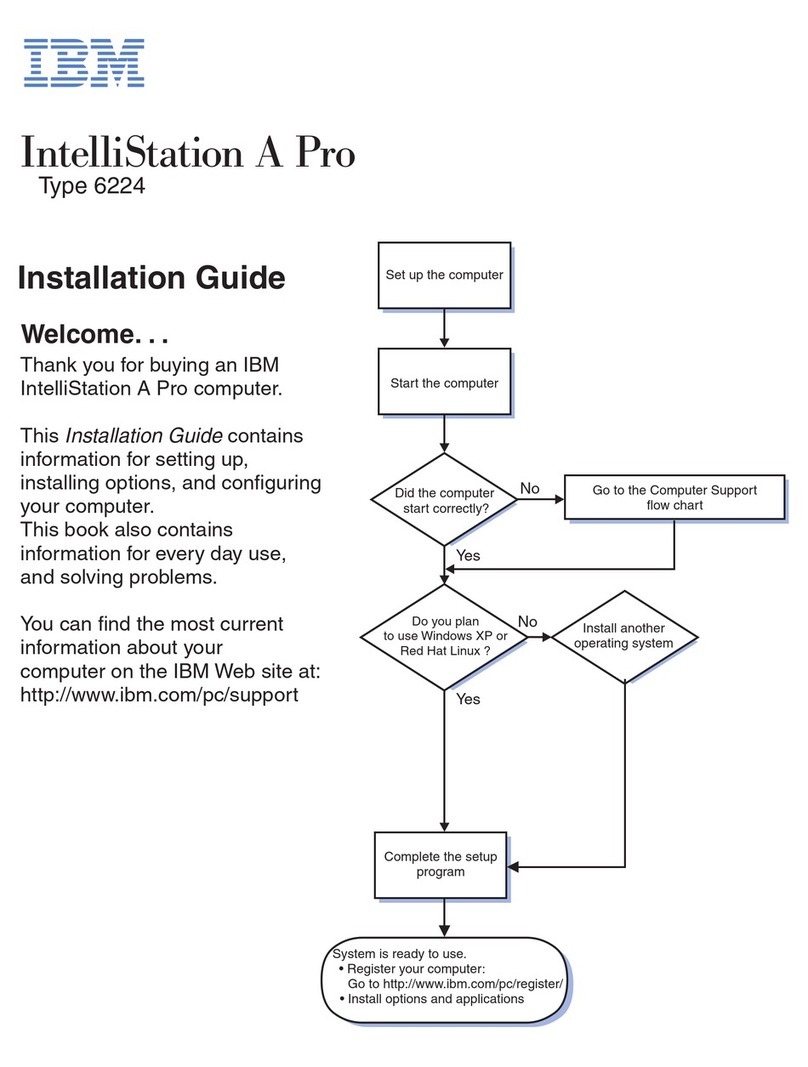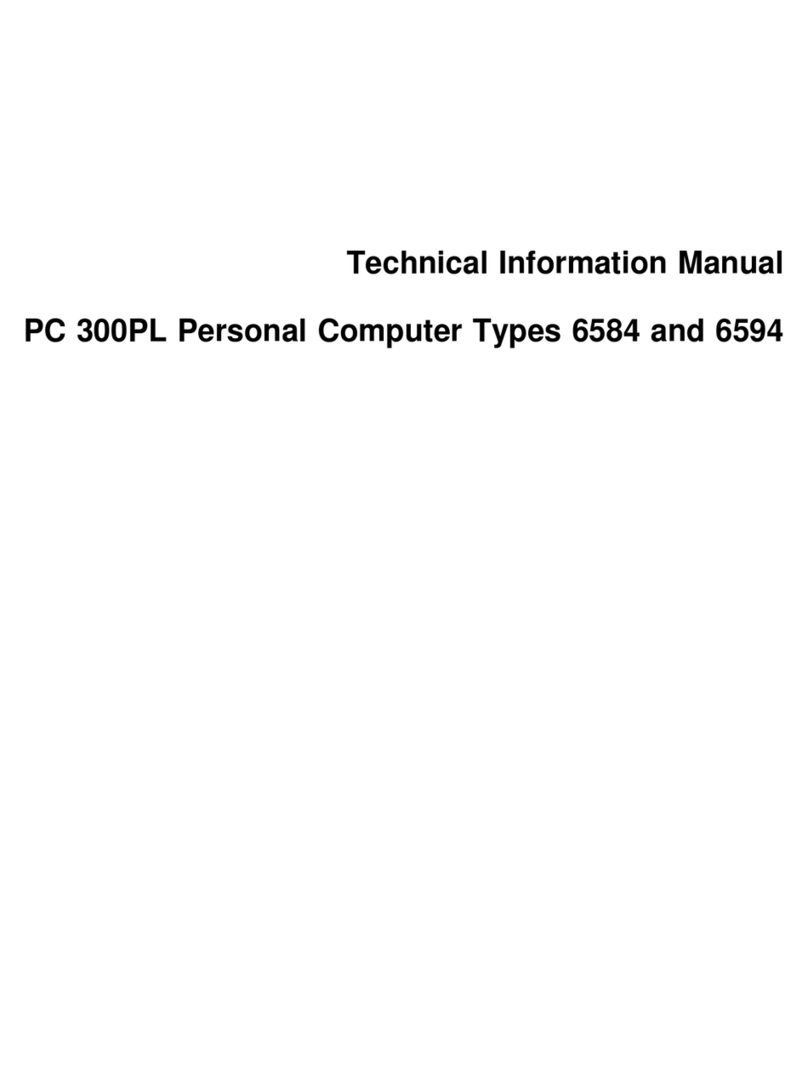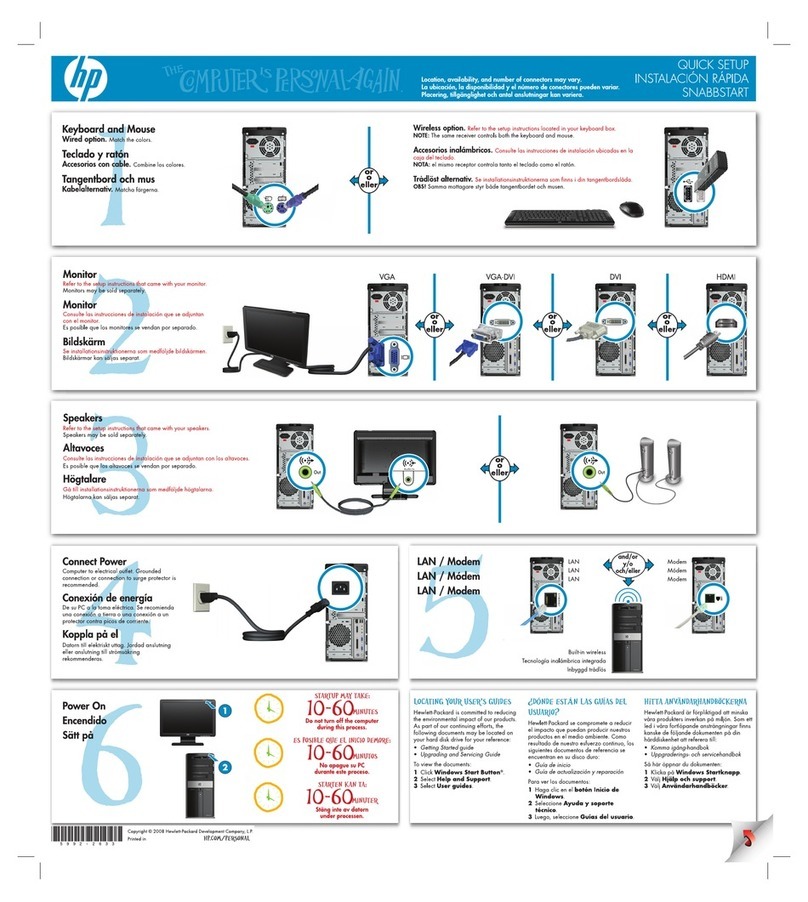
Figures
1-1.
Model and Submodel Bytes
...................
1-3
1-2.
System Board Devices and Features
.............
1-4
1-3.
System Board
............................
1-5
1-4.
System Board I/O Address Map
................
1-6
1-5.
Performance Specifications -Type 1 System Board
..
1-7
1-6.
Performance Specifications -Type 2 System Board
..
1-8
1-7.
Physical Specifications
......................
1-9
2-1.
POS
I/O Address Map
.......................
2-5
2-2. Card Selected Feedback Register (Hex
0091)
.......
2-6
2-3. System Board Enable/Setup Register (Hex
0094)
.....
2-7
2-4. System Board
POS
Register 2 (Hex
0102)
..........
2-8
2-5. Parallel Port Select Bits
.....................
2-8
2-6. System Board
POS
Register (Hex
0103)
...........
2-9
2-7. Adapter Enable/Setup Register (Hex
0096)
........
2-10
3-1. Arbitration Bus Priority Assignments
.............
3-4
3-2. Arbitration Register, Write to Hex
0090
...........
3-5
3-3. Arbitration Register, Read Hex
0090
.............
3-5
3-4. System Memory Map
.......................
3-8
3-5. System Board Memory Connector, Type 1
.........
3-9
3-6. System Board Memory Connector, Type 2
........
3-10
3-7. Presence Detect Encoding
...................
3-11
3-8. RT/CMOS RAM Address Map
.................
3-12
3-9. RT/CMOS Address Register and NMI Mask (Hex
0070)
3-13
3-10. RT/CMOS Data Register (Hex
0071)
.............
3-13
3-11. Real-Time Clock Bytes
.....................
3-15
3-12. Status Register A
.........................
3-16
3-13. Status Register B
.........................
3-16
3-14. Status Register C
.........................
3-18
3-15. Status Register D
.........................
3-18
3-16. Diagnostic Status Byte
.....................
3-19
3-17. Diskette Drive Type Byte
....................
3-20
3-18. Diskette Drive Type Byte (Bits 7 -
4)
............
3-21
3-19. Diskette Drive Type Byte (Bits 3 -
0)
............
3-21
3-20. Equipment Byte
..........................
3-22
3-21. Equipment Byte (Bits
7,
6)
...................
3-22
3-22. Equipment Byte (Bits
5,
4)
...................
3-22
3-23. System Control Port B (Write)
.................
3-25
3-24. System Control Port B (Read)
.................
3-25
3-25. System Control Port A (Hex
0092)
..............
3-26
vII
